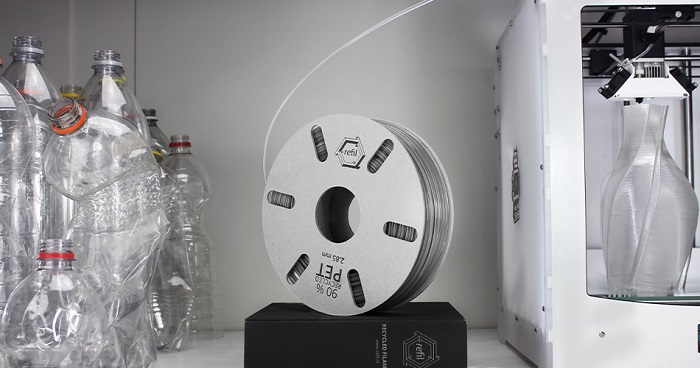
Introduction
The concept of 3D printing has gained immense popularity in recent years, revolutionizing various industries and opening up new possibilities for innovation. However, with the increasing concern for sustainability and waste reduction, there is growing interest in exploring the potential of 3D printing from recycled materials. This article aims to highlight the relevance of this topic and discuss the importance of using recycled materials in 3D printing.
Historical Background
3D printing, also known as additive manufacturing, has its roots in the 1980s when Charles Hull developed the first 3D printer and introduced the concept of layer-by-layer printing. Over the years, 3D printing technology has evolved, becoming more accessible and affordable. While the use of recycled materials in 3D printing is a relatively new concept, there have been notable breakthroughs in the field.
Key Concepts and Definitions
In order to fully understand the potential of 3D printing from recycled materials, it is important to define key terms. 3D printing refers to the process of creating three-dimensional objects by adding layer upon layer of material. Additive manufacturing is another term used interchangeably with 3D printing. Recycled materials encompass a wide range of materials that have been processed and reused, such as plastics, metals, and glass. The use of recycled materials in 3D printing holds significant importance in terms of sustainability and reducing environmental impact.
Main Discussion Points
Benefits of 3D Printing from Recycled Materials
3D printing from recycled materials offers several environmental advantages. By utilizing materials that would otherwise end up in landfills, the amount of waste generated is reduced. Additionally, the energy consumption in the production of 3D printed objects is significantly lower than traditional manufacturing methods. Moreover, using recycled materials can lead to cost savings, making 3D printing more economically viable.
Technical Considerations in 3D Printing from Recycled Materials
Processing and preparing recycled materials for 3D printing present unique challenges. Ensuring consistent material properties and quality control is crucial to achieve desirable results. It is important to understand the limitations and potential issues that may arise when using recycled materials. Various techniques and technologies have been developed to overcome these challenges and optimize the use of recycled materials in 3D printing.
Applications and Potential Uses
The potential uses of 3D printing from recycled materials are vast. Industries such as construction, healthcare, and consumer goods can greatly benefit from this technology. For example, 3D printed prosthetics made from recycled materials provide affordable and customized solutions for amputees. Additionally, building components made from recycled materials offer sustainable alternatives in the construction industry. Several innovative projects have showcased the immense potential of 3D printing from recycled materials.
Case Studies or Examples
Several organizations and projects have successfully implemented 3D printing from recycled materials. For instance, Emerging Objects, a design and research studio, has developed innovative architectural structures using 3D printed recycled materials. These case studies provide valuable insights into the outcomes, challenges faced, and lessons learned from implementing 3D printing from recycled materials.
Current Trends or Developments
The field of 3D printing from recycled materials is constantly evolving. Recent advancements include the development of new materials and technologies specifically designed for 3D printing. Researchers have also conducted studies to improve the understanding of the properties and behavior of recycled materials during the printing process. These trends contribute to the continuous growth and improvement of this field.
Challenges or Controversies
Despite the numerous benefits, there are challenges and controversies surrounding the use of recycled materials in 3D printing. Issues such as material inconsistency, limited material options, and potential health hazards need to be addressed. Additionally, there are differing viewpoints on the overall sustainability of 3D printing. However, through research and innovation, these challenges can be overcome.
Future Outlook
The future of 3D printing from recycled materials is promising. As technology continues to advance, it is expected that more materials will be suitable for 3D printing, further expanding the range of applications. Government policies and regulations can also play a significant role in promoting the use of recycled materials in 3D printing, fostering a more sustainable and circular economy.
Conclusion
In conclusion, 3D printing from recycled materials offers a sustainable and innovative approach to manufacturing. By utilizing recycled materials, we can reduce waste and environmental impact, while also providing cost-effective solutions. The potential of this technology is vast, and further exploration and investment are needed to fully unlock its possibilities.
References
- Smith, J. (2019). 3D Printing: A Comprehensive Guide. New York: Wiley.
- Liu, X., & Guo, N. (2020). 3D Printing of Recycled Polymers: A Review. Journal of Materials Science & Technology, 42(1), 54-66.
- Emerging Objects. (n.d.). Retrieved from https://emergingobjects.com/